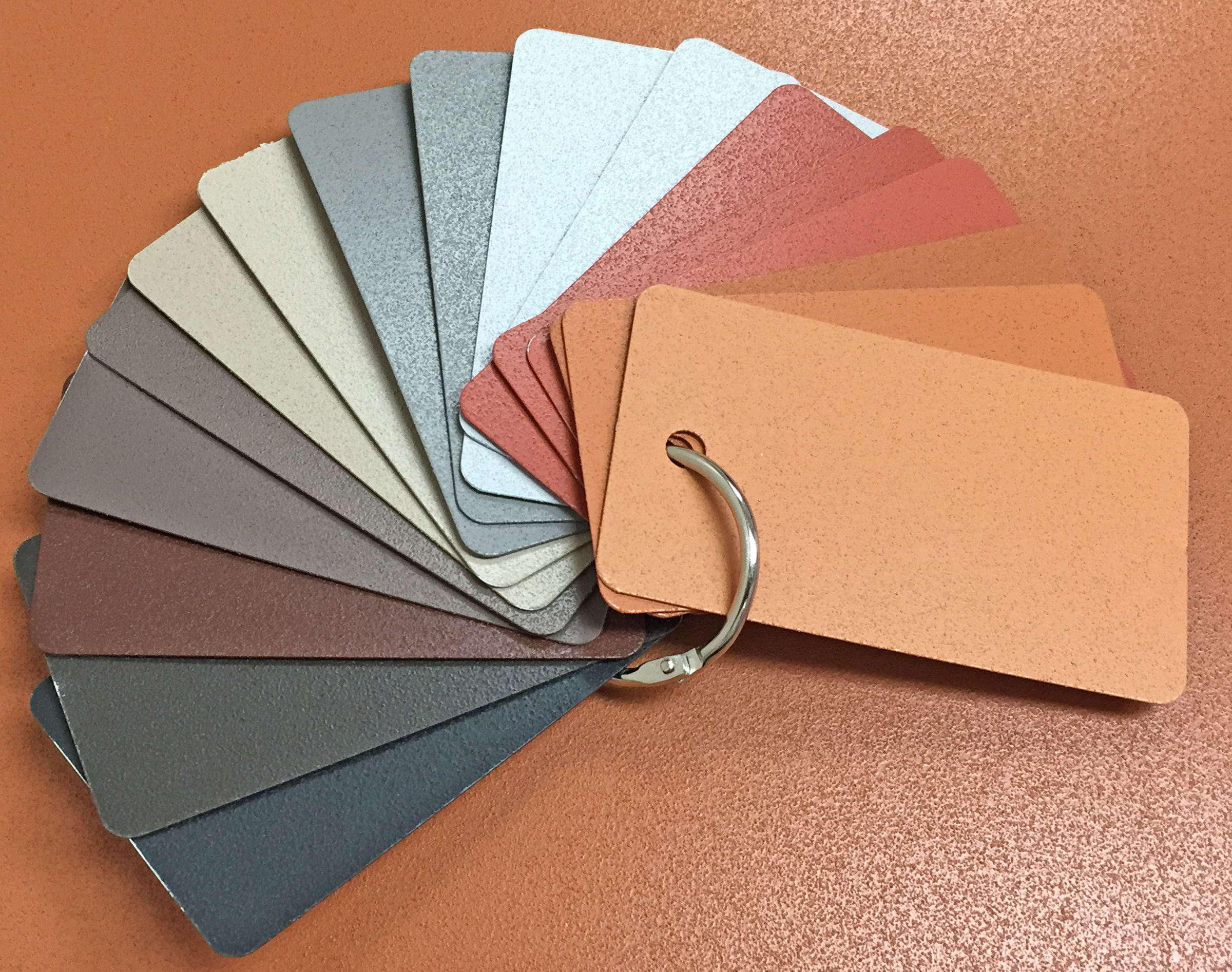
Used for centuries, terra cotta clay construction elements are admired for their natural appearance and feel. Textured terra cotta coatings bring the ancient qualities of fired clay to modern, architectural aluminum building components.
Historic appeal
Referred to collectively, terra cotta means “baked earth” in Italian. Clay is locally sourced, malleable when wet, rigid when dried and durable when heat-treated in a kiln. These properties have made clay a versatile material for creating building components such as wall cladding, tiles and shingles.
Through the ages, as stronger, lighter weight and less expensive building materials were developed, terra cotta’s prevalence faded. Nevertheless, the aesthetic and texture of terra cotta has remained an attractive architectural element.
Modern advantages
Today’s textured architectural paint coatings can replicate the look and feel of the fired-clay using modern, high-performance finishes on aluminum. Compared to actual terra cotta, the finished aluminum is more readily available for condensed construction schedules.
Suitable for traditional uses like wall cladding, roofing and decorative accents, these specialty terra cotta finishes are ideal for less conventional applications such as aluminum-framed windows and doors. Aluminum is easily fabricated into a wide range of shapes and sizes, including curves and geometric forms.
Finished aluminum also is less fragile and more resilient than real terra cotta during shipping, handling and installing. Lighter weight material allows for faster installation. Some finishing service providers offer standard extrusion and flat sheet aluminum with terra cotta coatings that can ship in as fast as five days.
Expanded color choice
Terra cotta’s natural coloring varies depending on the local source and composition of the clay. Typically, the material has a distinct reddish-brown hue with a matte, lightly textured surface. With painted coatings, earthenware-inspired colors can expand the expected reddish-brown hues to include subdued notes of copper, brown, gray, blue and beige.
Where needed, custom colors also can be created. Does the homeowner want their front entry door finished in the same color as their stone pavers? Do they want their expansive sliding doors to pair with their terra cotta terrazzo patio? Do they want to see their window framing in the same shade as their clay tile roof? Ask if your finishing partner’s color lab can analyze, match and blend a coating for the job.
Natural beauty, reliable performance
The natural tones and tactility of terra cotta coatings provide a biophilic element to projects. Homes featuring these finishes help connect the structure to its landscape and its residents to their surrounding environment.
While beautiful, the natural environment poses many challenges. Finished aluminum components can be specified to ensure consistent, durable performance tailor to a project’s unique requirements and climate.
For optimal results, specify terra cotta finishes that meet the AAMA 2605 specification for high-performance exterior applications. Formulated with 70% PVDF resin-based coating system and a texture additive, these specialty finishes are applied under quality-controlled conditions to ensure color consistency and required performance. Once installed on the home, they require minimal care to maintain their distinctive appearance throughout the years.
